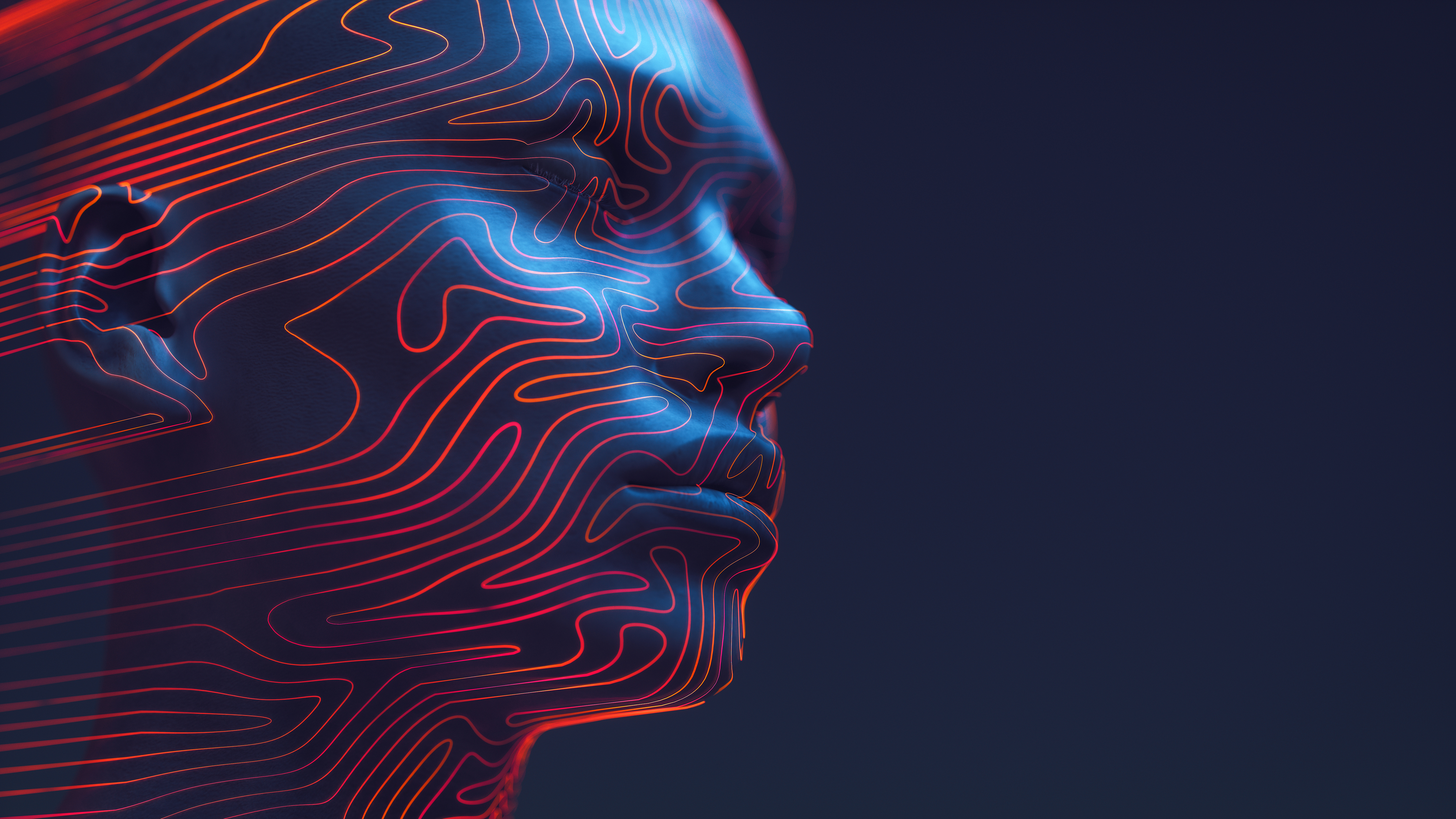The world of 3D animation is a dynamic and ever-evolving field where creativity and technology converge to bring characters, objects, and entire worlds to life. From blockbuster movies to video games, commercials, and even virtual reality applications, the demand for skilled 3D animators has never been higher. But how does one embark on this exciting career path? What skills and education are required to thrive in this competitive industry? And how can a program like VCAD's 3D Modeling Animation Art and Design Diploma provide the foundation for success?
This blog will guide you through everything you need to know about the career path of a 3D animator and how to get started, covering the role of a 3D animator, educational pathways, skills development, practical experience, and the unique opportunities offered by VCAD's diploma program. Let us dive in and explore what it takes to turn your passion for animation into a fulfilling career.
Understanding the Role of a 3D Animator
At its core, a 3D animator creates lifelike movement for objects, characters, and environments in a digital space. Using advanced software and creative techniques, 3D animators bring static models to life, ensuring their movements, expressions, and interactions feel authentic and captivating.
Key responsibilities of a 3D animator include:
-
Refining animations through feedback from directors and peers.
-
Adding visual effects, lighting, and sound to enhance the final product.
Whether working on a feature film, a video game, or a commercial, 3D animators play a crucial role in shaping how audiences connect with the visual story being told.
Educational Pathways to 3D Animation
While a degree is not always required to become a 3D animator, pursuing formal education can provide a solid foundation in both the artistic and technical aspects of the craft. Many aspiring animators choose programs in fields like computer animation, digital arts, or visual design.
VCAD’s 3D Modeling Animation Art and Design Diploma is an excellent choice for anyone looking to break into the industry. This program combines theoretical knowledge with hands-on experience, covering essential topics such as:
Graduates emerge with the skills and confidence needed to succeed in various CGI-based industries, from game development to post-production and special effects.
Skills a 3D Animator Needs
To excel as a 3D animator, a combination of technical expertise and creative flair is essential. Here are some of the key skills you will need to develop:
Technical Skills:
Creative Skills:
Soft Skills:
Gaining Practical Experience & Creating a Portfolio
Practical experience is vital for breaking into the 3D animation industry. Employers often prioritize candidates with hands-on experience and a strong portfolio over those with just theoretical knowledge. Here is how you can build both:
Gaining Experience:
-
Internships and Apprenticeships: These opportunities allow you to learn from experienced professionals while working on real-world projects.
-
Freelance Work: Taking on small animation gigs can help you build your portfolio and gain valuable client experience.
-
Personal Projects: Creating your own short films or animations is a wonderful way to highlight your creativity and technical skills.
Building a Portfolio:
Your portfolio is your ticket to getting noticed by employers. A strong demo reel should:
VCAD’s program ensures that graduates leave with a professional portfolio highlighting their animation work, making it easier to secure roles in competitive industries.
VCAD’s 3D Modeling Animation Art and Design Diploma
VCAD’s 3D Modeling Animation Art and Design Diploma is designed to equip students with the knowledge and skills needed to thrive in the animation industry. Delivered 100% online, the program is accessible to students across Canada and beyond, making it a flexible option for aspiring animators. You can also study 3D Modeling Animation Art and Design in Vancouver and study 3D Modeling, Animation Art and Design in Calgary as well with VCAD.
Key Features:
-
Industry-Standard Software: Learn to use tools like Maya to create stunning animations.
-
Expert Instruction: Courses are taught by industry professionals with real-world experience.
-
Portfolio Development: Graduates leave with a professional portfolio to highlight their work to potential employers.
Career Opportunities:
Graduates of this program can pursue roles in various industries, including:
With VCAD’s diploma, you will have the skills and portfolio needed to kickstart your career in 3D animation.
Challenges and Rewards of Being a 3D Animator
Like any creative profession, a career in 3D animation comes with its challenges and rewards. Understanding these can help you prepare for what lies ahead.
Challenges:
Rewards:
Final Thoughts
The career path of a 3D animator is both challenging and rewarding, offering endless opportunities for creativity and growth. By understanding the role, pursuing the right education, and building your skills and experience, you can turn your passion for animation into a thriving career. Programs like VCAD’s 3D Modeling Animation Art and Design Diploma provide the perfect foundation for aspiring animators, offering a comprehensive curriculum, expert instruction, and invaluable portfolio development.
If you are ready to take the first step toward your dream career in 3D animation, VCAD’s diploma program is the ideal starting point. Enroll today and start your journey toward becoming a skilled 3D animator.














